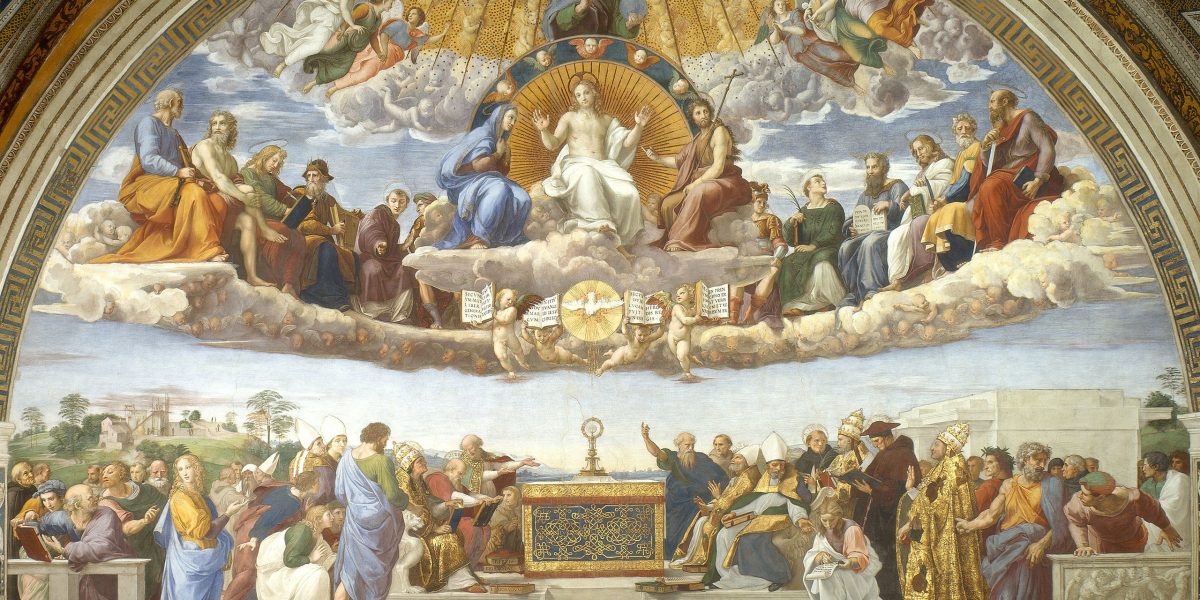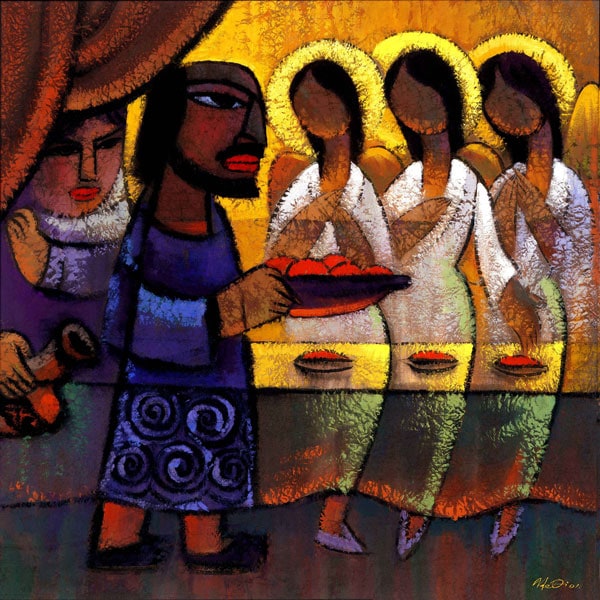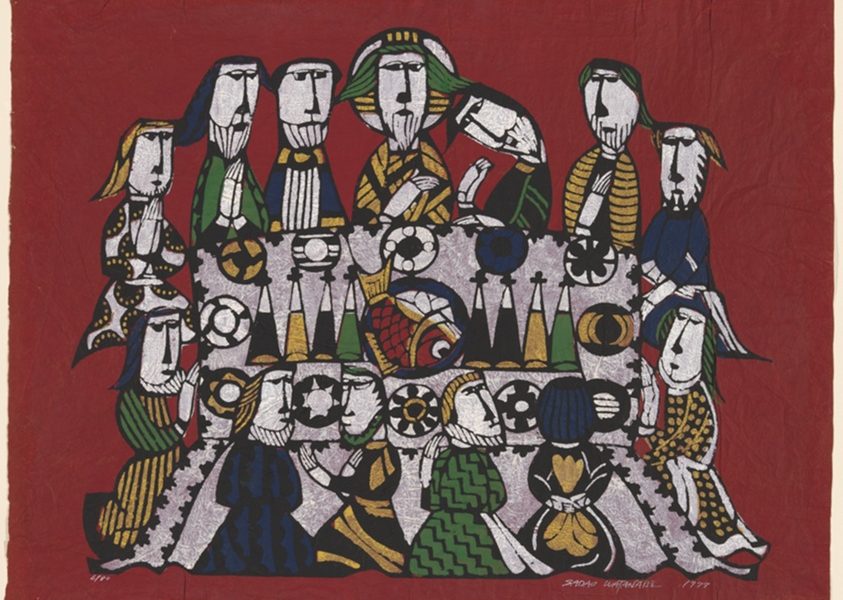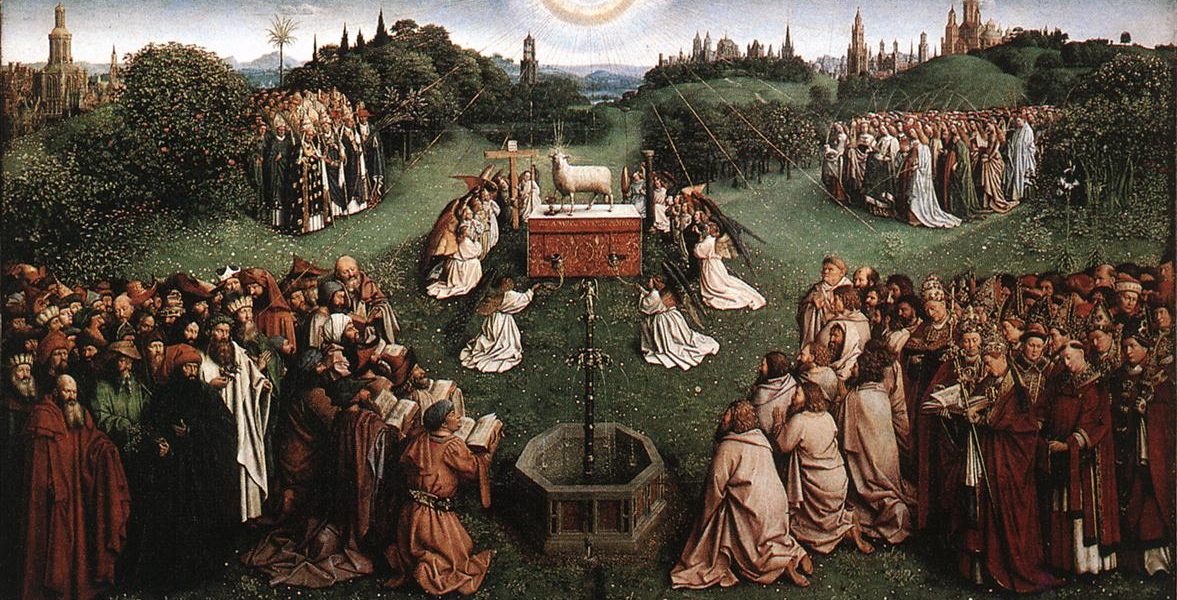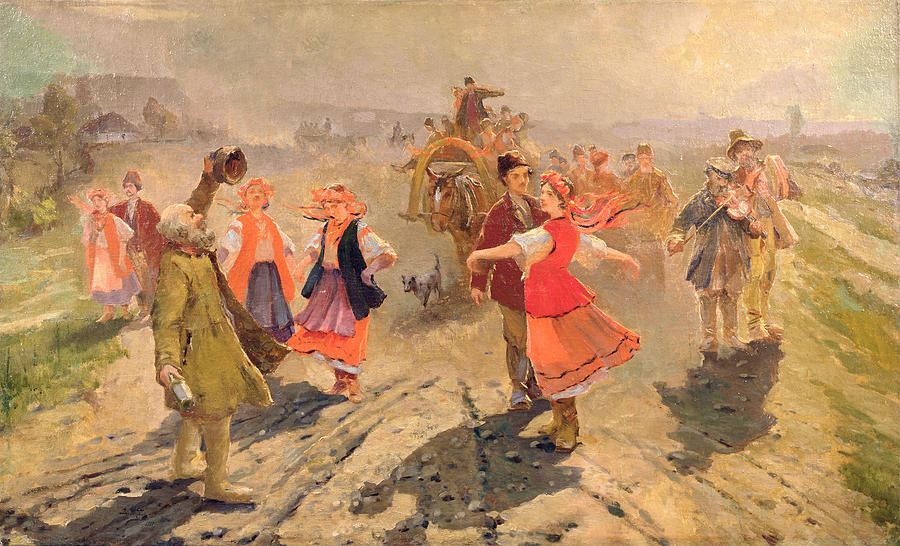In his 2005 encyclical Deus caritas est exploring the intricacies of Christian love, Pope Benedict XVI argues that the sacraments are part of the Church’s “deepest nature” and are an “inseparable” part of her duty.1 Alongside proclaiming the Gospel and exercising works of charity, the sacraments cannot divorced from being Church, as they are core to what it means to be in life with Christ. Christ dispensed the sacraments to the Church so that she may be in radical friendship with Him. The seven sacraments — Baptism, Confirmation, and Eucharist, Reconciliation and the Anointing of the Sick, and Matrimony and Holy Orders, are the vitality that fills the organs of the Church, giving her vibrancy and intimacy with Christ her bridegroom, allowing to perform her sacred duties in accordance with the will of God.
In Meeting Christ in the Sacraments, Coleman O’Neill depicts the Church herself as fundamentally sacramental, conveying a vision of what sacraments are beyond the seven defined rites. It is not just the case that the Church is home to the seven sacraments: Rather, she is by her very nature sacramental, in that she is a sign to the world of God’s love and an instrument of union with Him. O’Neill builds this idea to propose exactly why she is home to the seven sacraments, because through being sacrament the Church lives out her intimate relationship with Christ as a holistic way of life, the seven pinnacle manners of which we call “the sacraments”.
To build a lens both wider in scope but also chiefly Christological, O’Neil extends the reader’s vision on the limits of the sacraments by defining them as “all material realities connected with the Incarnation”.2 Certainly, O’Neil is not suggesting that there are more than the seven sacraments, as if there are undiscovered rites like there undiscovered creatures deep within the Amazon. Instead, he is encouraging his reader to see the fundamental movement of sacraments themselves as a movement in, through, and with Christ. Too often, we constrain our conception of sacrament to seven modes, rather than seeing the world in the manner by which the sacraments themselves operate in. None of the sacraments would have any meaning or purpose without Christ. They all have meaning, substance, and purpose because of their connection with Him. More broadly, it must also be considered that the grace of God poured out through Christ is not limited to the seven defined sacraments. Therefore, we must see that sacraments “derive from Christ”, that Christ Himself is the “original and foundational sacrament of Christianity”, and when we consider the issue of Church, we see again a way of life that only has meaning and purpose in terms with Christ.
Just as the seven rites of the Church are sacraments because of their relation with Christ, so too does O’Neil see the Church as necessarily caught up with Christ in the most fundamental sense. To the wider world, the Church is an “efficacious sign of salvation”, “the manifestation in the world of the redemption achieved by Christ”.3 To Christians within the Church, growing in life with Christ, “[the baptized, confirmed, and ordained members of the Church] form the visible sign of Christ’s activity within and through the Church”.4 This language of signs is precise sacramental language, as the sacraments themselves are integrations with spiritual and sacred realities shown to us under physical signs. So too with being Church. Just as Christ is present Body, Blood, Soul and Divinity under the signs of bread and wine in the Eucharist, so too is the Church a united heavenly and earthly worship of the Triune God under the signs of the people of the Church on Earth, pointing all of God’s people towards entry into that worship. Our eyes physically see bread and wine when observing the Eucharist, but with the eyes of faith, we see Christ Himself; the world sees a community of religious people known as Christians with a particular history, liturgy, and way of life, but with the eyes of faith the world can coactively see an eternal divine worship that unites heaven and earth, for which, as Louis Bouyer would suggest, existence and the cosmos itself is a stage of worship for.
The linchpin of the Church’s sacramental identity is the gift of Christ’s body to her in the Paschal sacrifice, remembered and made proximate again in the Eucharist. During his time in the world, Christ’s body was “the sacrament of redemption”, glorified by his sacrifice.5 But O’Neil, in drawing from St. Paul, points out that the role of the Church is to participate in the “fullness” of this physical body, which is the in the mystical body of Christ. Incorporation into the mystical body of Christ is critical for understanding being Church because just like the sacraments, the notion of “mystical” suggests seen and unseen elements. The Church on Earth engages in divine worship at Mass, and what the world sees is a gathering of various types of people in a physical building performing particular actions in a regimented manner. When they think of “Church”, they may think of the Church hierarchy and of highly visible individuals like the Pope of the college of Bishops. But all of these things are the seen elements of the Church. To get a fuller idea of what constitutes being Church, the saints in heaven who are engaged in the same worship alongside the Church on Earth must also be considered. This is why St. Paul in the Letter to the Ephesians suggests mystical degrees of further fullness into “[Christ’s] body, the fullness of the one who fills all things in every way”.6 Later, St. Augustine will famously refer to this as totus Christus, the suggestion that Christ is made more fully complete in his relationship with the Church through his will for mankind coming to fruition.7 When the Church communes with the sacraments that Christ bestowed upon her, for the purpose of further union with Him, totus Christus becomes an efficacious reality affecting not Christ but rather the Church, since she becomes bound as one in the love of God and directed in her mission.
The mark of the Church “holy” reminds us that what makes the Church set apart is her intimate relationship with Christ, which allows her to meet Him sacramentally, acted through the sacraments we receive as Christians. This is why her very nature is sacramental. Everything that the Church does is caught up in her relationship with Him, is directed towards union with Him, and points the world into accomplishing His desire for union with the humanity He became flesh amongst. O’Neill’s Christocentric conception of the sacraments is crucial for broadening our vision of sacraments beyond seven categories of signs and effects, and more in line with a teleological vision of being Church.
***
Cover art: “Disputation of the Holy Sacrament” (c. 1509), by Italian Renaissance artist Raphael (1483-1520).
- Benedict XVI, Deus caritas est, 25. ↩︎
- O’Neill, Meeting Christ in the Sacraments, p.78 ↩︎
- Ibid., p.78-79 ↩︎
- Ibid., p.98 ↩︎
- Ibid., p.80 ↩︎
- Ephesians 1:22-23, NAB ↩︎
- “To that flesh the Church is joined, and so there is made the whole Christ [totus Christus], Head and body” (Homilies on the First Epistle of John, 1.2, https://www.newadvent.org/fathers/170201.htm). Augustine’s conception of totus Christus is a controversial subject of much debate in the topic of Christology. But Kimberly Baker does in excellent job seeing Augustine’s notion of totus Christus in a more ecclesiological and sacramental light by rooting totus Christus in the Church, and in particular, in mission, unity, and the love of God. See: “Augustine’s Doctrine of the Totus Christus: Reflecting on the Church as Sacrament of Unity”, Horizons, Volume 37, Issue 1, Spring 2010, p.7-24. ↩︎
